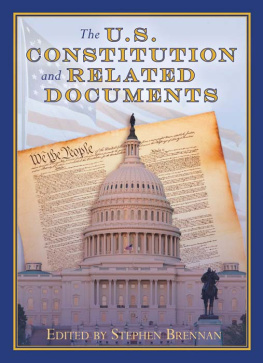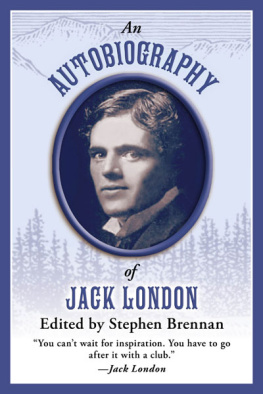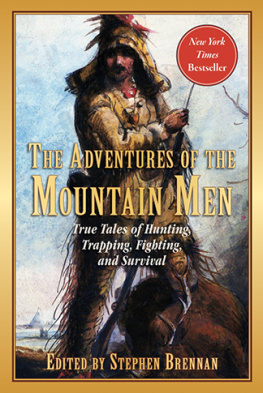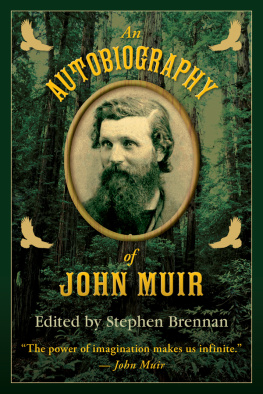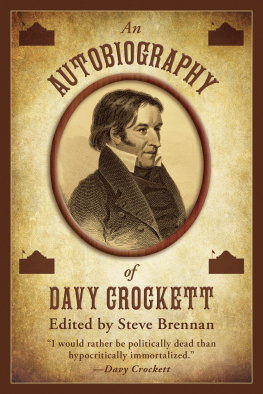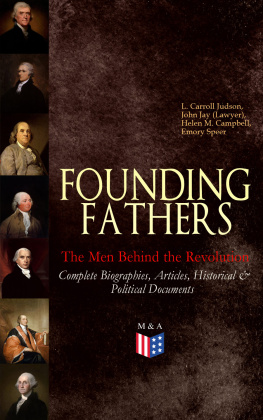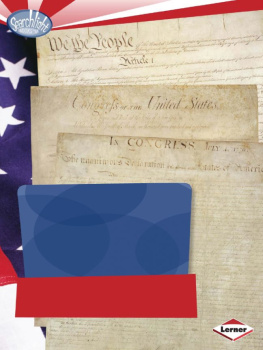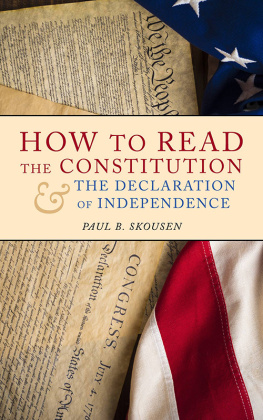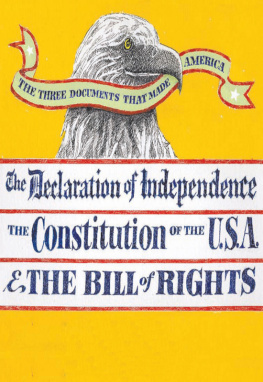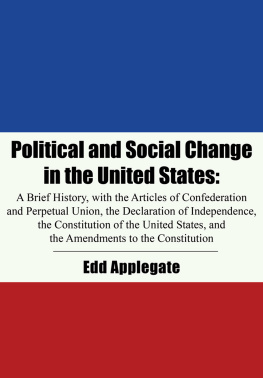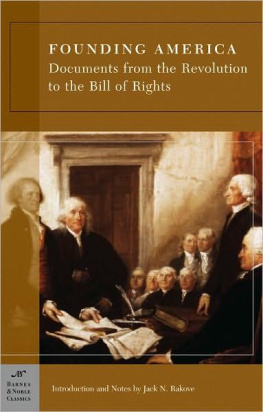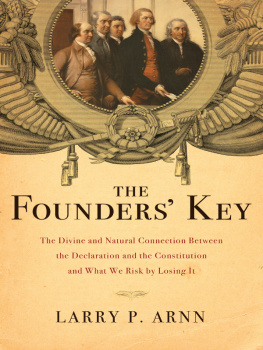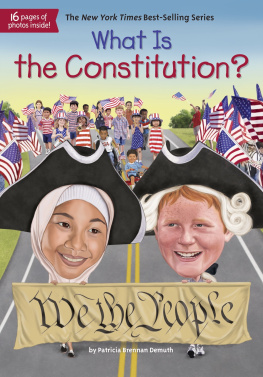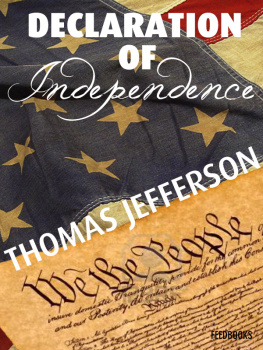
Copyright 2011 by Stephen Brennan
All Rights Reserved. No part of this book may be reproduced in any manner without the express written consent of the publisher, except in the case of brief excerpts in critical reviews or articles. All inquiries should be addressed to Skyhorse Publishing, 307 West 36th Street, 11th Floor, New York, NY 10018.
Skyhorse Publishing books may be purchased in bulk at special discounts for sales promotion, corporate gifts, fund-raising, or educational purposes.
Special editions can also be created to specifications. For details, contact the Special Sales Department, Skyhorse
Publishing, 307 West 36th Street, 11th Floor,
New York, NY 10018 or info@skyhorsepublishing.com.
Skyhorse* and Skyhorse Publishing* are registered trademarks of Skyhorse Publishing, Inc.*, a Delaware corporation.
www.skyhorsepublishing.com
10 9 8 7 6 5 4 3 2 1
Library of Congress Cataloging-in-Publication Data is available on file. ISBN: 978-1-61608-346-5
Printed in China
CONTENTS

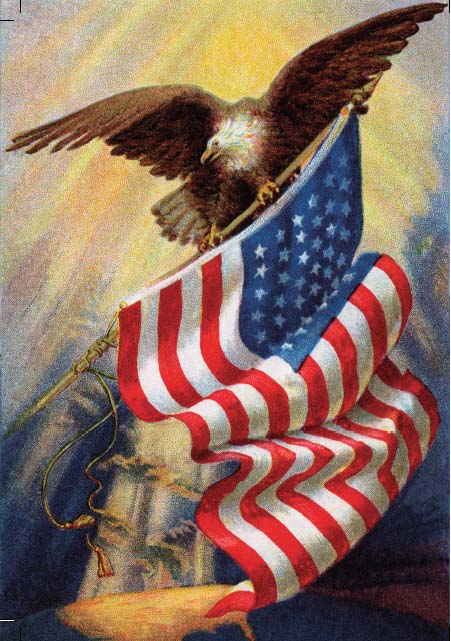
INTRODUCTION

N owadays when we look into the rear-view mirror of American history, were often a little quick to attribute a kind of religious significance to the founding of our Republic. Some of this is the result of the words we habitually use to describe it. We call the Founders Fathers, as though they were Biblical Patriarchs. We positively reverence Washington, Jefferson, Madison, the Adams cousins, Ben Franklin, Patrick Henry, Tom Paine and the others, and in our collective imagination, we accord them something very like the status of saints. We regard the founding documents themselves as a sort of holy-writ, divinely inspired, like the writings of the old-time prophets. Over the last half-century in particular, weve taken to calling our written Constitution the Miracle at Philadelphia, as though it was the hand of God, and not mens hands that did all that scribbling, as though our covenant was one with the Almighty, rather than one between ourselves.
With the language of faith so widely deployed, so prevalent in our civic discourse, it is no wonder weve mantled the whole business in a halo of light.
It might help for us to take a break from this better-than-two-hundred year-old hagiographic exercise, at least long enough to recognize the Framers of our Constitution as a set of clear headed, hard bargaining, mostly plain spoken, pragmatic individuals. When these delegates to the Philadelphia Convention finally assembled in the late spring of 1787, they had little notion that they were doing Gods work. The thought would not have occurred to them. Instead they had a number of very difficult jobs to do. And these difficulties were much more a matter of civics than of faith. Independence had been achieved, the Revolutionary War had been won, but the peace looked about to be lost. The Country was coming apart, each State going its own way. Most of the delegates already recognized the crying need for efficacious, practical action; otherwise the young Nation stood to lose all it had so far gained. Each of them had come to Philadelphia strong held positions and points of view. The Convention as a whole represented a vast divergence of imperatives, interests and traditions. But nearly all the delegates agreedin fact most Americans agreedthat some kind of stronger union was desirable, if not absolutely necessary. This realization did not come all of a sudden, instead, it was a lesson already well learned by that first Greatest Generation. It had been true in the time of the Stamp and other Intolerable Acts. Unified action, by the people and among the Colonies, had been the answer then, and each of the key documents sincethe Articles of Association, Common Sense, the Declaration of Independence, and the Articles of Confederationhad all been further steps along this road. The Preamble to the Constitution made it explicit. In order to form a more perfect Union
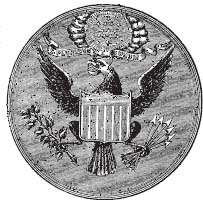
Vintage engraved seal of the United States, 1886-1891
The United States Constitutionas it has come down to us today, Amendments includedtakes inspiration from, is a culmination of, and an answer to, all these earlier documents. I hope this look back at our most all right, sacred documents, will permit the ordinary American a real sense of the generation-long struggle to found this Nation, and an appreciation of just how well weve managed to keep faith with those original ideals. Objects in the rear-view mirror are nearer than they appear to be.
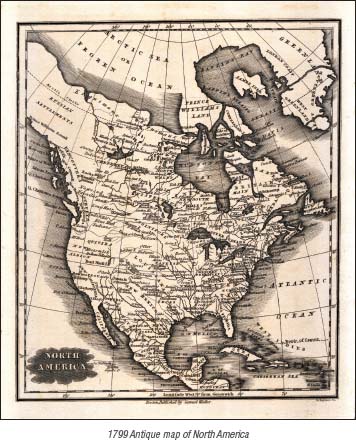
THE ARTICLES OF ASSOCIATION

P erhaps the least appreciated document of the whole revolutionary struggle, The Articles of Association were the first real step towards union. In English law, Articles of Association served as a form of contract by which individuals agreed to act in concert towards a particular end or venture. Conceived in response to the British occupation and closing of the port of Boston, as well as to the other Intolerable Acts, this document allowed individuals toas it weresign up for the Revolution. It enumerated specific actions all signers were to undertake, and it road-mapped the rules and means by which this contract was to be enforced.

A page from the Articles of Association
THE ARTICLES OF ASSOCIATION
We, his Majestys most loyal subjects, the delegates of the several colonies of New Hampshire, Massachusetts Bay, Rhode Island, Connecticut, New York, New Jersey, Pennsylvania, the three lower counties of New Castle, Kent and Sussex, on Delaware, Maryland, Virginia, North Carolina, and South Carolina, deputed to represent them in a continental Congress, held in the city of Philadelphia, on the 5th day of September, 1774, avowing our allegiance to his Majesty, our affection and regard for our fellow subjects in Great Britain and elsewhere, affected with the deepest anxiety, and most alarming apprehensions, at those grievances and distresses, with which his Majestys American subjects are oppressed; and having taken under our most serious deliberation, the state of the whole continent, find, that the present unhappy situation of our affairs is occasioned by a ruinous system of colony administration, adopted by the British ministry about the year 1763, evidently calculated for enslaving these colonies, and, with them, the British empire.

